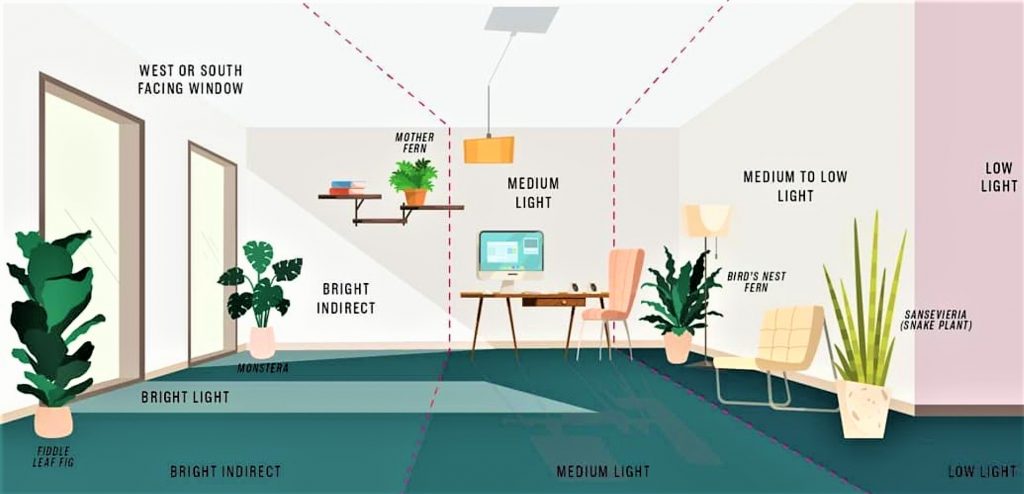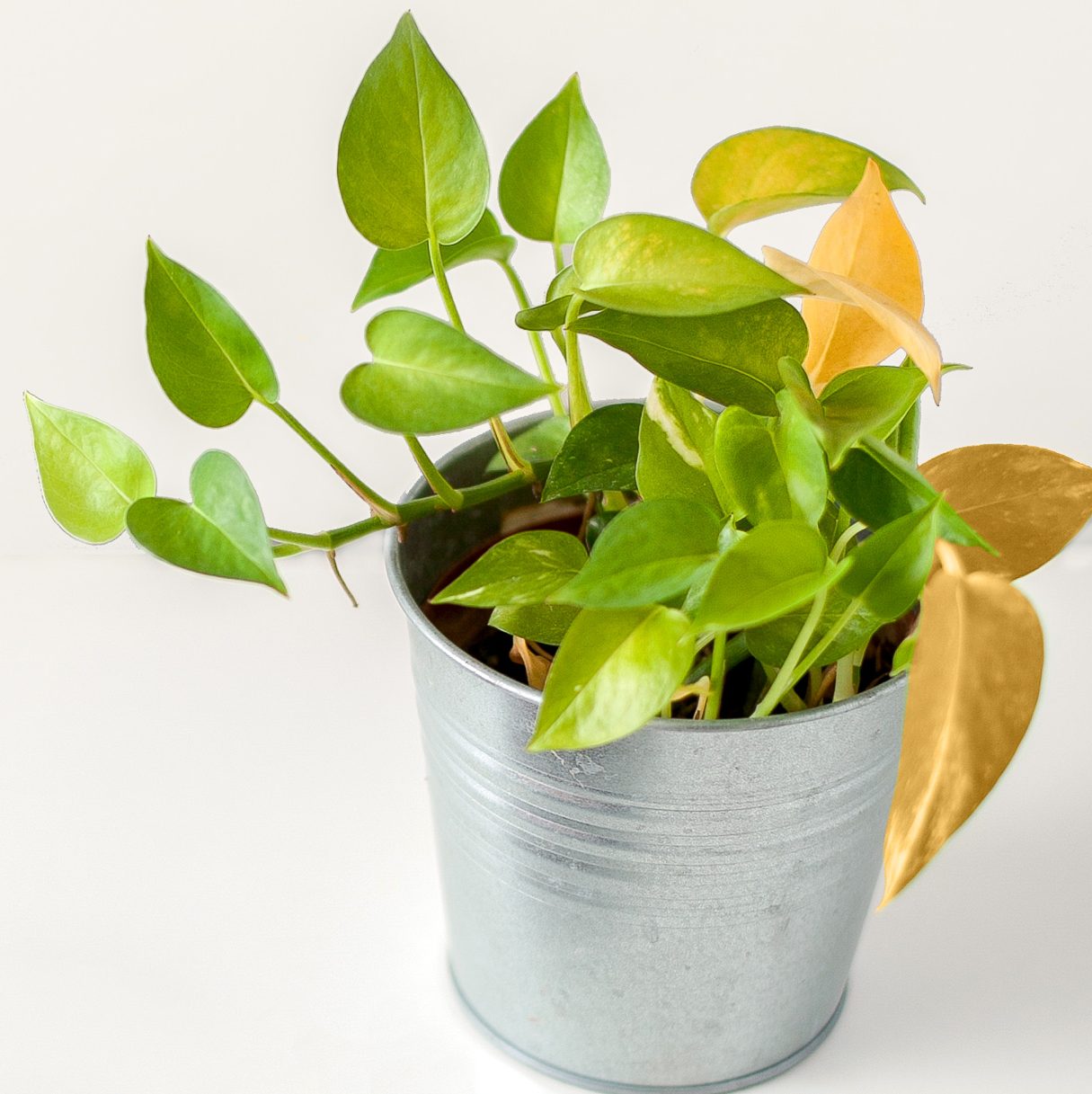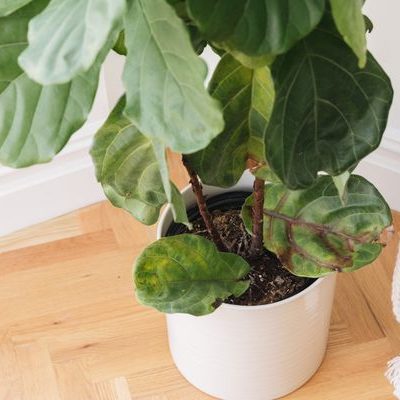One of the first things we look at when suggesting plants for any offices or interior environment in the UAE is the lighting conditions available. Various conditions are essential and have to be provided for indoor plants to survive, such as water, humidity, a suitable growing medium, correct temperatures, and of course “light“. Light is a critical factor for growing indoor plants with all plants requiring light for photosynthesis, the process within a plant that converts light, oxygen, and water into energy.
Understanding lighting requirements for plants, let alone the varying light needs for each type of plant, can be tricky that’s exactly why we created this guide, to help you better understand what your beautiful plants need. Double-check the lighting needs for your type of plant & make sure they get the recommended dose of the all-important vitamin D.

The First Thing we need to do is Understand the Different Kinds of Lighting in an Indoor Environment.
- Full Sun/Direct Light -Despite being filtered by glass, direct light indoors can cause sun damage to many indoor plants and they will not survive for very long when exposed to prolonged direct sunlight. This kind of lighting condition is usually best suited to cacti and succulents. Usually found near west or south-facing windows. Easily recognized as an area that will cast a distinct and well-defined shadow.
- Bright Indirect Light – This type of lighting condition with no direct rays from the sun is ideal for most types of indoor plants. Can be achieved in most east, west & south-facing rooms by adjusting the distance and positioning of the plants. You can find spots with bright indirect light with shadows cast, this type of lighting will cast a shadow but the edges will be more faint and less defined.
- Medium Light – Spots that are around halfway back from a window, this type of lighting allows the plant to enjoy a couple of hours of morning & evening sun. Usually near an east or west window and works well for most indoor palms, philodendrons, dracaenas, and some flowering plants.
- Low Light/Partial Shade – Most indoor plants do not do very well in these lighting conditions and will have their growth slowed. However, some plants can adapt to low light conditions and grow well like the Snake Plant & ZZ Plant. This type of lighting condition can be found in areas far away from windows that receive little to no natural light.
- Artificial Light – All Plants require some amount of lighting in order to survive, without light plants cannot carry out photosynthesis. That is where artificial grow lights come in, they can be used to create and meet the lighting requirements for your indoor plants in areas of low light.
The Shadow Test
If you aren’t sure of how much light your plant is getting in a particular spot is to hold a piece of paper (in the area where your plant is) and hold your hand about a foot or so away from the paper and observe the shadow cast by your hand. If you see a well-defined shadow, your plant is getting bright light. If the shadow is a little blurry and fuzzy around the edges, it is medium-light, and if the shadow is very faint and has almost no definition you’re getting low light.
Signs that your plants are getting either Too Much or Too Little light
If you notice that your plant is growing slower than usual with weak spindly stems or the leaves are yellowing and dropping, then your plant is saying that it needs more light. Try changing its position in the room or adding a source of light nearby.

If the leaves or flowers on your plant are getting pale, or shriveling up and dying or the leaves turning brown and looking like they are burnt, then your plant is not handling the light it is receiving too well, try moving the plant to a location of medium-light if it is currently in a bright light spot.

Try to keep in mind that most plants can be “conditioned” to a certain light level, but this takes time and patience so make sure to do it over a period of a few weeks. A sudden change in lighting conditions can cause your plant to go into a rapid decline. Also, remember to be realistic about the lighting conditions you have and not force a plant to grow in a situation it cannot adapt to. No matter how much you love a plant and its looks, it will not survive if the environmental conditions aren’t adequate.


